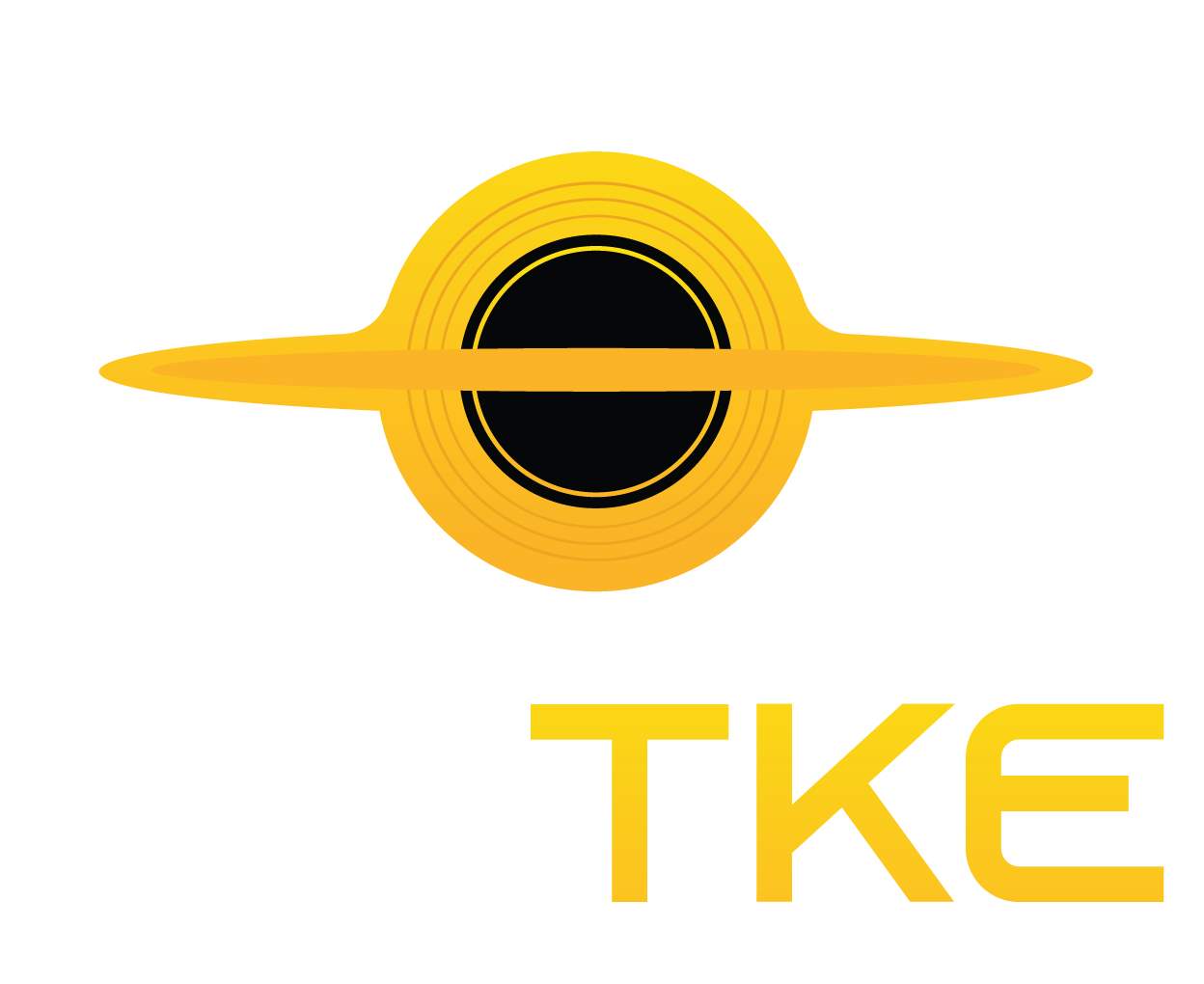Earth AI’s Algorithms Discovered Critical Minerals in Overlooked Locations

Last summer, mining startup KoBold made headlines with its discovery of one of the largest copper deposits in over a decade in Zambia.
Earth AI uncovers overlooked mineral deposits in Australia, showcasing AI’s growing role in modern mineral exploration
Now, another startup, Earth AI, has exclusively revealed to TechCrunch its own significant find—promising deposits of critical minerals in parts of Australia that had been overlooked for decades. While the scale of these deposits remains uncertain compared to KoBold’s, the discovery highlights how AI-driven analysis of field data is shaping the future of mineral exploration.
“The real frontier in mining is less about geography and more about technology,” said Roman Teslyuk, founder and CEO of Earth AI.
The company has identified deposits of copper, cobalt, and gold in Australia’s Northern Territory, as well as silver, molybdenum, and tin at a site in New South Wales, approximately 500 kilometers (310 miles) northwest of Sydney.

Earth AI originated from Teslyuk’s doctoral research, leveraging Australia’s national archive of exploration data to revolutionize mineral discovery
Earth AI grew out of Teslyuk’s graduate research. Originally from Ukraine, Teslyuk pursued a doctorate at the University of Sydney, where he became acquainted with Australia’s mining industry. In the country’s system, the government owns mineral rights and leases them in six-year terms. Since the 1970s, exploration companies have been required to submit their data to a national archive.
“For some reason, nobody’s using them,” Teslyuk noted. “If I could develop an algorithm that processes this vast knowledge—learning from the successes and failures of millions of geologists—I could make far more accurate predictions about where to find minerals in the future.”
He initially launched Earth AI as a software company, focusing on predicting potential mineral deposits and pitching the findings to potential investors. However, many were reluctant to commit millions to an untested technology, making it difficult to secure funding for further exploration.
“Mining is a highly traditional industry,” Teslyuk remarked. “Anything that deviates from established practices is often seen as heresy.”
Earth AI built its own drilling equipment to validate its predictions, refining its technology after joining Y Combinator in 2019. In January, it secured $20 million in Series B funding
To demonstrate the accuracy of its predictions, Earth AI decided to develop its own drilling equipment, proving that the sites it identified held real potential. The company joined Y Combinator’s spring 2019 cohort and spent the following years refining both its hardware and software. In January, it secured $20 million in Series B funding.
Although Earth AI, like KoBold, employs AI to search for minerals, Teslyuk emphasized a key difference: Earth AI’s algorithms are designed to rapidly scan large areas, efficiently identifying overlooked deposits.
“The way we explored for metals in the 20th century was incredibly slow—it could take decades to make a discovery,” he said. “With today’s fast-moving world, we simply can’t afford to wait that long.”
Read the original article on: TechCrunch
Read more: Claim That ‘2-Degree Target Is Dead’ Sparks Debate on Climate Scenarios










